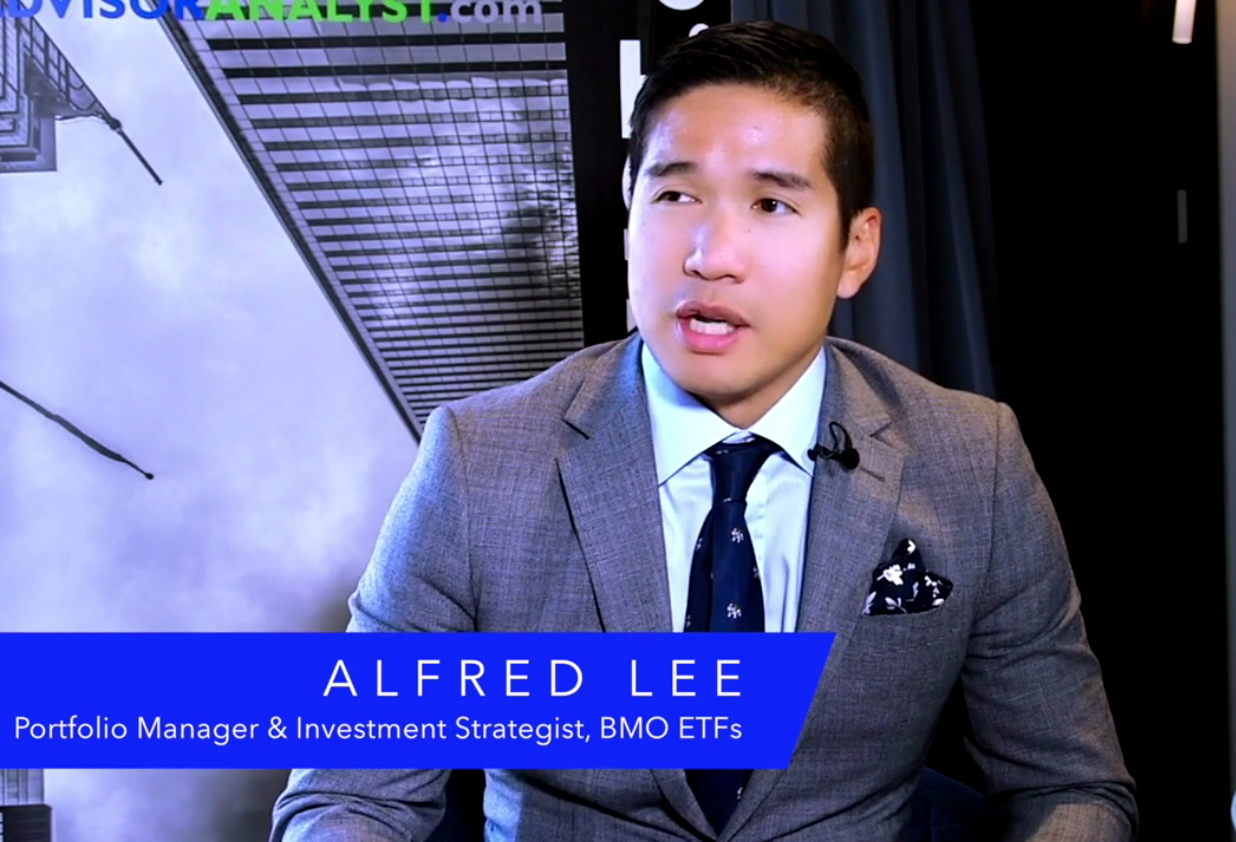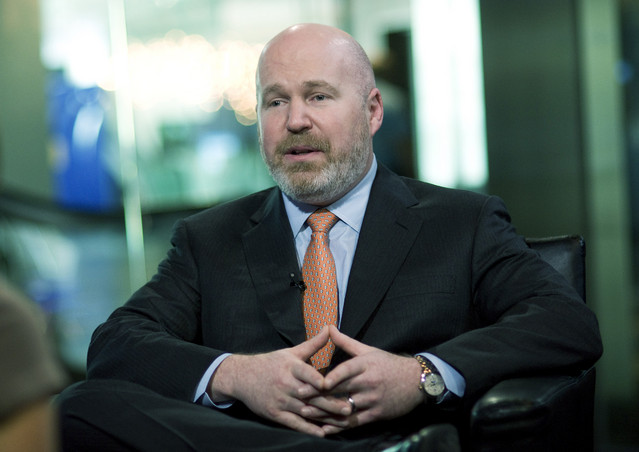3 Tips for Managing Cash in a Rising Rate Environment
by Commonwealth Financial Network
 After a decade of accommodative monetary policy, the Federal Reserve (Fed) has been gradually increasing the federal funds rate. With the markets expecting two more hikes this year and possibly just as many next year, the opportunity set on the short end of the curve is only increasing. Simply looking at Treasury yields articulates this point (see Figure 1).
After a decade of accommodative monetary policy, the Federal Reserve (Fed) has been gradually increasing the federal funds rate. With the markets expecting two more hikes this year and possibly just as many next year, the opportunity set on the short end of the curve is only increasing. Simply looking at Treasury yields articulates this point (see Figure 1).
We’ve long been taught that rising rates are bad news for fixed income investors. But what if investors could use these increases to their advantage? Here, I’ll introduce three tips for managing cash in a rising rate environment that can potentially help your clients benefit from rate hikes.

Money markets are among the most sensitive vehicles to changes in the federal funds rate. There are two main groups of money market funds:
- Government funds invest in securities that are either issued or collateralized by the full faith of the U.S. government—think T-bills.
- Prime funds focus on very short-dated commercial paper, as well as T-bills.
Within the subsector of prime funds, there are two different categories: retail and institutional. This delineation is based on the purchaser. If the purchaser is a person with a social security number, he or she can purchase prime retail funds. If the purchaser is an entity (e.g., a business or nonrevocable trust) with a tax identification number, that entity can purchase institutional funds.
The rates for these funds are mostly the same; however, institutional funds have a higher initial purchase minimum. If the entity can’t make the minimum, it will have to buy a government fund. Prime funds pay slightly more than government funds due to the inherent added risk of moving from government-backed credit to corporate-backed credit.
Money markets are most directly affected by Fed action, and the increases in this tightening cycle have been fully absorbed. Last December, government funds were averaging 0.96 percent and prime funds were yielding 1.20 percent. Since then, the Fed has hiked rates two times. The yields currently average 1.55 percent for government funds and 1.87 percent for prime funds. If there are two more hikes this year, money market funds could yield more than 2 percent, making them an appealing option for managing cash in a rising rate environment.
Operationally speaking, money markets are almost as easy as cash. Many of the offerings in the space trade without transaction fees or expense ratios, and they have same-day settlement, which means that as long as you have placed a sell trade, you can use the proceeds for a new transaction. And while investors may have legitimate concerns about the liquidity gates on prime funds, history tells us that when there is a market sell-off, investors aren’t running from cash instruments but running to them. As you can see in Figure 2, the total assets in money market funds has risen during previous market downturns.

If money markets are a step out on the yield curve from cash, ultrashort bond funds are a step out from money markets and have the potential to increase the yield dramatically. The main mandate of most of these funds is capital preservation, with an increased return over pure cash, so they are managed in an ultraconservative manner. Moving out from money markets to ultrashort funds allows the investor access to longer-dated paper, as well as an increased investable universe, including corporate bonds and non-dollar-denominated holdings.
Due to the regulatory structure and purchasing constraints of money market funds (the duration of the instruments held in a money market must be less than 397 days), they lose ground in yield potential to ultrashort funds, which can leverage slightly longer-dated securities to increase their overall yield. Because of the flatness of the curve, these funds are capable substitutes for more traditional low-duration strategies. They have been yielding between 1.75 percent and 2.25 percent on average, but like their money market relatives, they have seen their yield increase dramatically with the Fed movement.
These funds will have typical settlement periods and incur expense ratios, making them more like mutual funds than money market funds. As always, it’s important to know what one owns with these funds, as their objectives range from net-asset-value stability to income.
A powerful way to employ the operational efficiency of money markets and the increased yield potential of ultrashort bond funds is tiering cash. Depending on the size of the account and how actively you want to manage it, you could use money markets for immediate liquidity needs and put the rest in higher-yielding ultrashort bond funds. These issues are case dependent, but an easy rule of thumb is to put one-third of cash in a money market fund and two-thirds in an ultrashort fund. If the cash balance in the account is substantial, you could also add a low-duration fund for additional yield. Given today’s interest rates, a 2-percent return on tiered cash is obtainable.
There’s an additional benefit to using multiple short-term strategies in this way: it lowers the overall interest rate sensitivity of a portfolio. As the benchmark duration approaches six and a half years and the yield curve continues to flatten, the additional yield compensation for maintaining duration in a portfolio is eroding. With each Fed rate hike, the relative value of the short end of the curve increases with respect to the longer parts of the curve. Leveraging short-duration vehicles can reduce volatility and help avoid the price sensitivity of intermediate-term bonds.
There are plenty of reasons to allocate to cash, ranging from using it as a defensive asset to being opportunistic and holding on to dry powder. The main determinant is the need for liquidity. Are you working with a client who sold a business and now needs the proceeds to pay taxes next year? If so, maybe the money market fund’s same-day settlement isn’t as necessary and the client can step farther out on the yield curve. Are you managing an endowment fund with a significantly longer investment horizon? Ultrashort bond funds might be the preferred instrument in this case. Keep in mind that these are cash management strategies, not cash proper, and are therefore not risk free.
With the instantaneous nature of money movement today, it’s easy for clients to transfer money from a brokerage account (via a money market fund) to a banking account without selling securities they want to keep or incurring trading costs. By adopting these strategies, you can potentially help your clients benefit from rate hikes and use cash on hand to benefit a portfolio’s overall fixed income allocation.
Have you used any of these tips to help your clients benefit from rate hikes? What strategies do you think work best for managing cash in a rising rate environment? Please share your thoughts with us below!
Commonwealth Financial Network is the nation’s largest privately held independent broker/dealer-RIA. This post originally appeared on Commonwealth Independent Advisor, the firm’s corporate blog.
Copyright © Commonwealth Financial Network

















